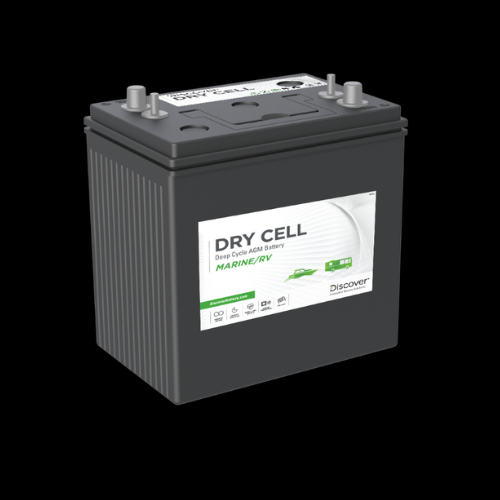Maintenance for sealed lead-acid (SLA) batteries, also known as valve-regulated lead-acid (VRLA) batteries, is generally easier compared to flooded lead-acid batteries. Sealed acid batteries are commonly used in applications where maintenance-free operation is desired. However, some basic precautions and steps can still be taken to ensure their longevity and reliable performance:
-
Safety Precautions:
- Although SLA batteries are sealed and maintenance-free, safety is still a concern. Wear appropriate protective gear such as gloves and eye protection when handling batteries.
-
Proper Installation:
- Ensure that the battery is securely mounted in its designated location. Make sure it is upright and well-ventilated to prevent overheating.
-
Charging:
- Charge the battery using a suitable charger with the correct voltage and current settings as specified by the manufacturer. Overcharging or undercharging can lead to reduced battery life.
-
Clean Terminals and Connections:
- Regularly inspect the battery terminals and connections for signs of corrosion or oxidation. If you notice any buildup, clean it with a solution of baking soda and water, rinse with clean water, and ensure that the terminals are completely dry before reconnecting.
-
Temperature Considerations:
- Maintain the battery within the recommended temperature range. High temperatures can shorten the battery's life, so avoid exposing it to extreme heat.
-
Avoid Overdischarging:
- Do not regularly deep discharge the battery. Recharge it promptly after use to prevent over-discharge, which can damage the battery.
-
Periodic Capacity Testing:
- Depending on the application, it may be beneficial to perform capacity tests to ensure the battery is still delivering the expected runtime. This can help you plan for battery replacement if necessary.
-
Safety Checks:
- Monitor the battery for any signs of physical damage, leakage, or other abnormalities. If you notice any problems, consult the manufacturer's guidelines for proper handling.
-
Ventilation:
- While sealed lead-acid batteries are designed to be sealed, they can release gases during charging. Ensure that the area where the battery is located is adequately ventilated to disperse any gas buildup.
-
Replacement:
- Keep track of the battery's age and expected service life. When the battery reaches the end of its life cycle, replace it with a new one. SLA batteries have a limited lifespan, and performance degrades over time.
-
Recycling:
- When it's time to replace the sealed acid battery, dispose of it properly by recycling it at a designated recycling center. These batteries contain lead, which is hazardous, and should be handled and disposed of in an environmentally responsible way.
Maintenance for sealed acid batteries is generally minimal compared to flooded lead-acid batteries, but it's essential to perform these basic checks and precautions to ensure the battery's longevity and safe operation. Always refer to the manufacturer's guidelines and recommendations for your specific SLA battery model.

